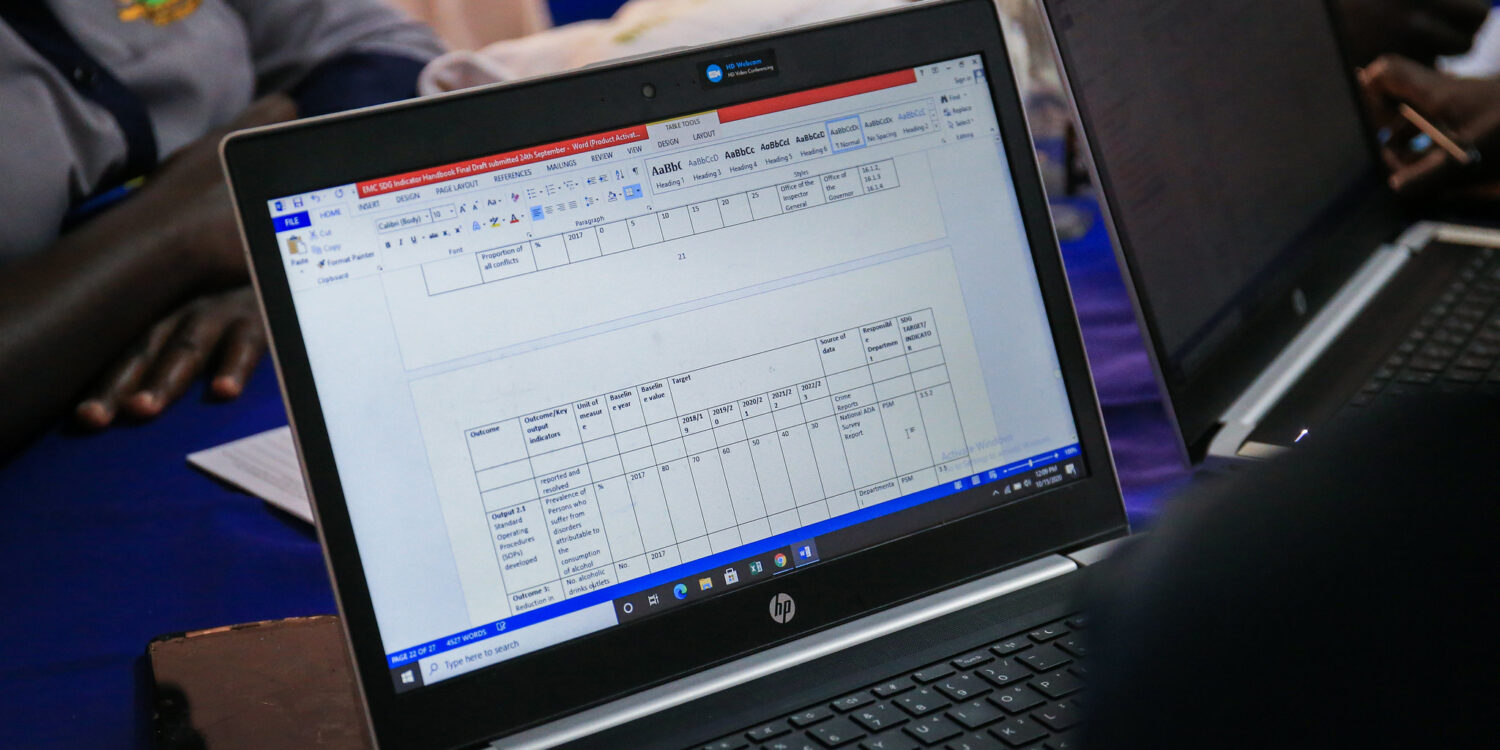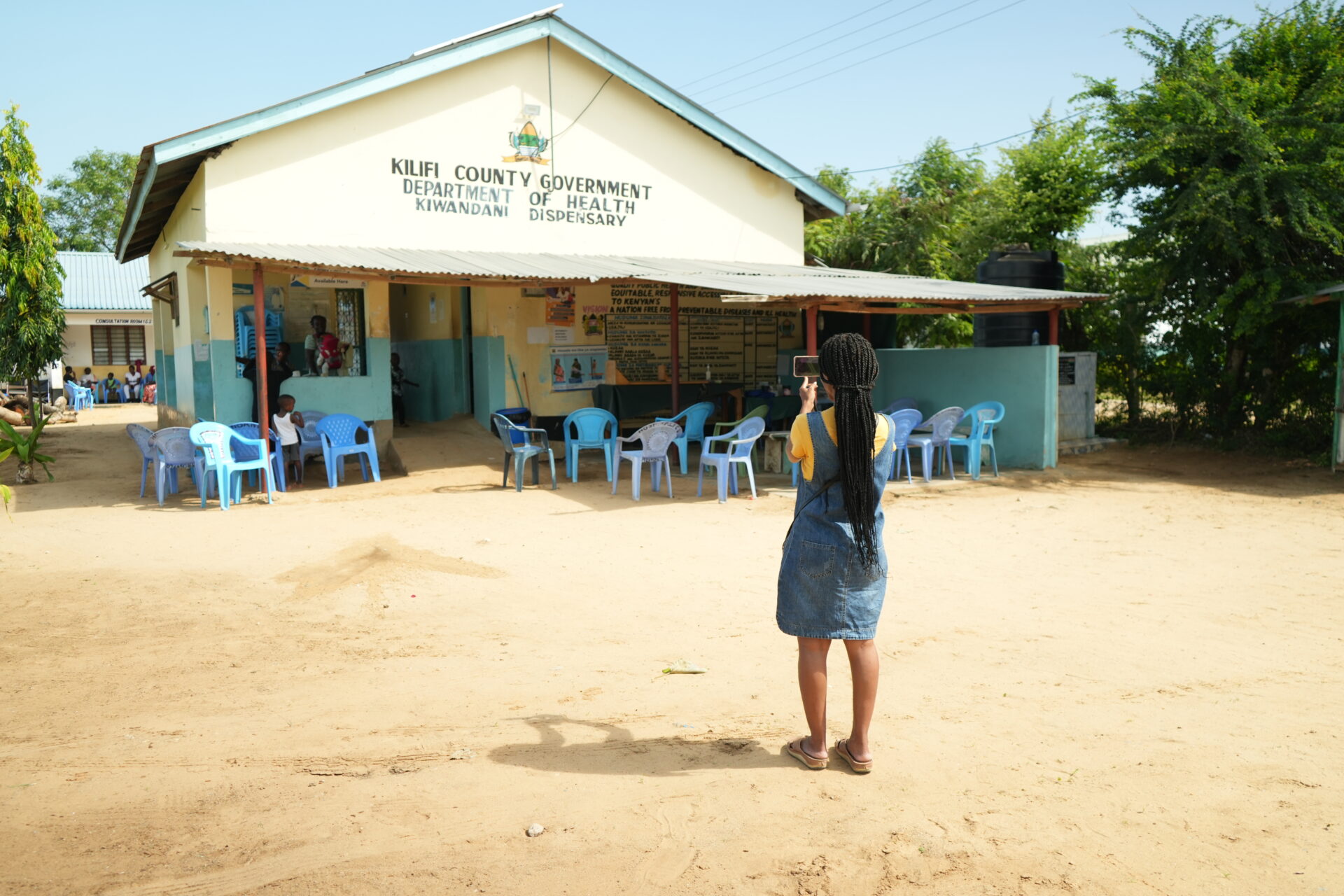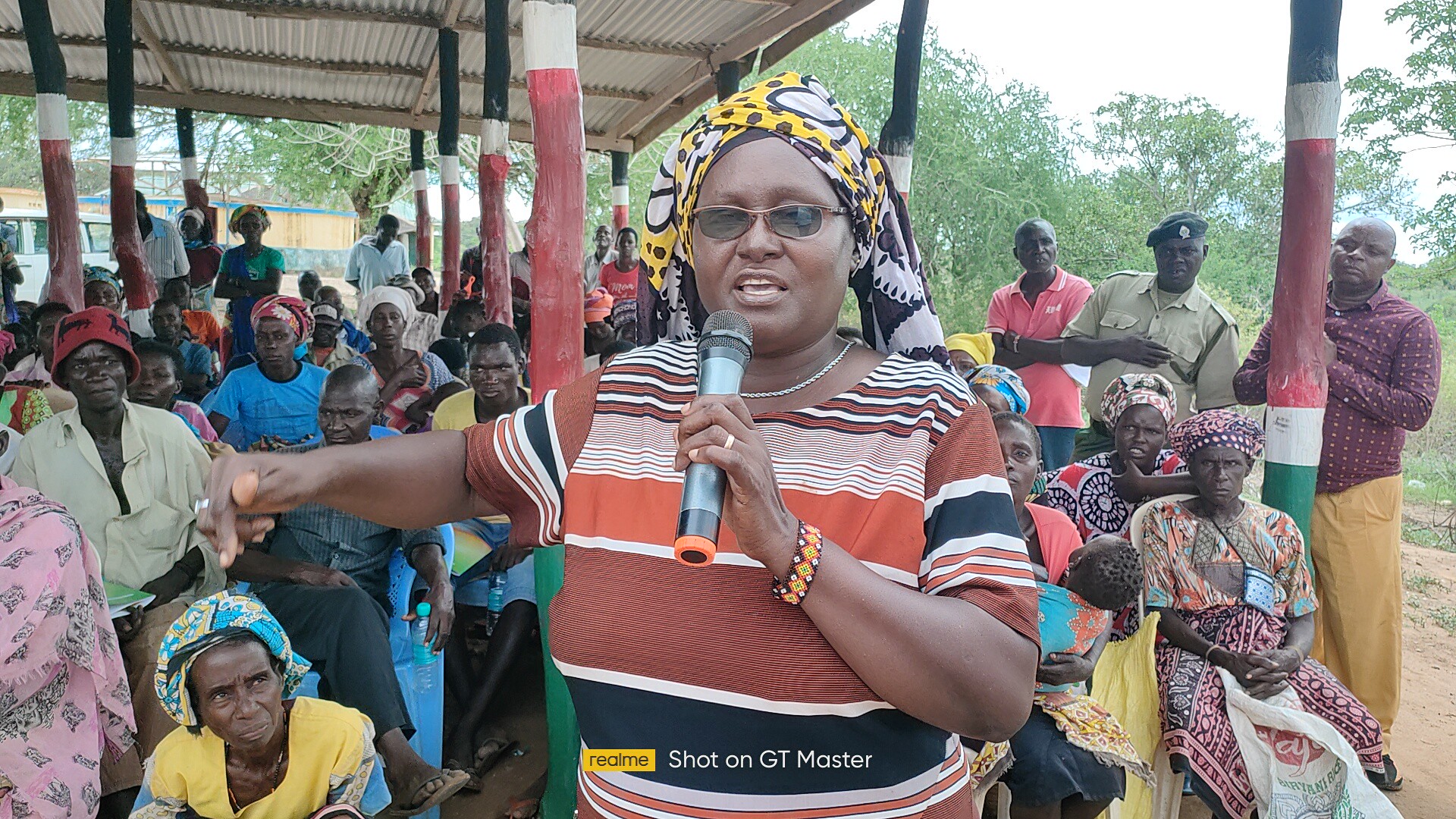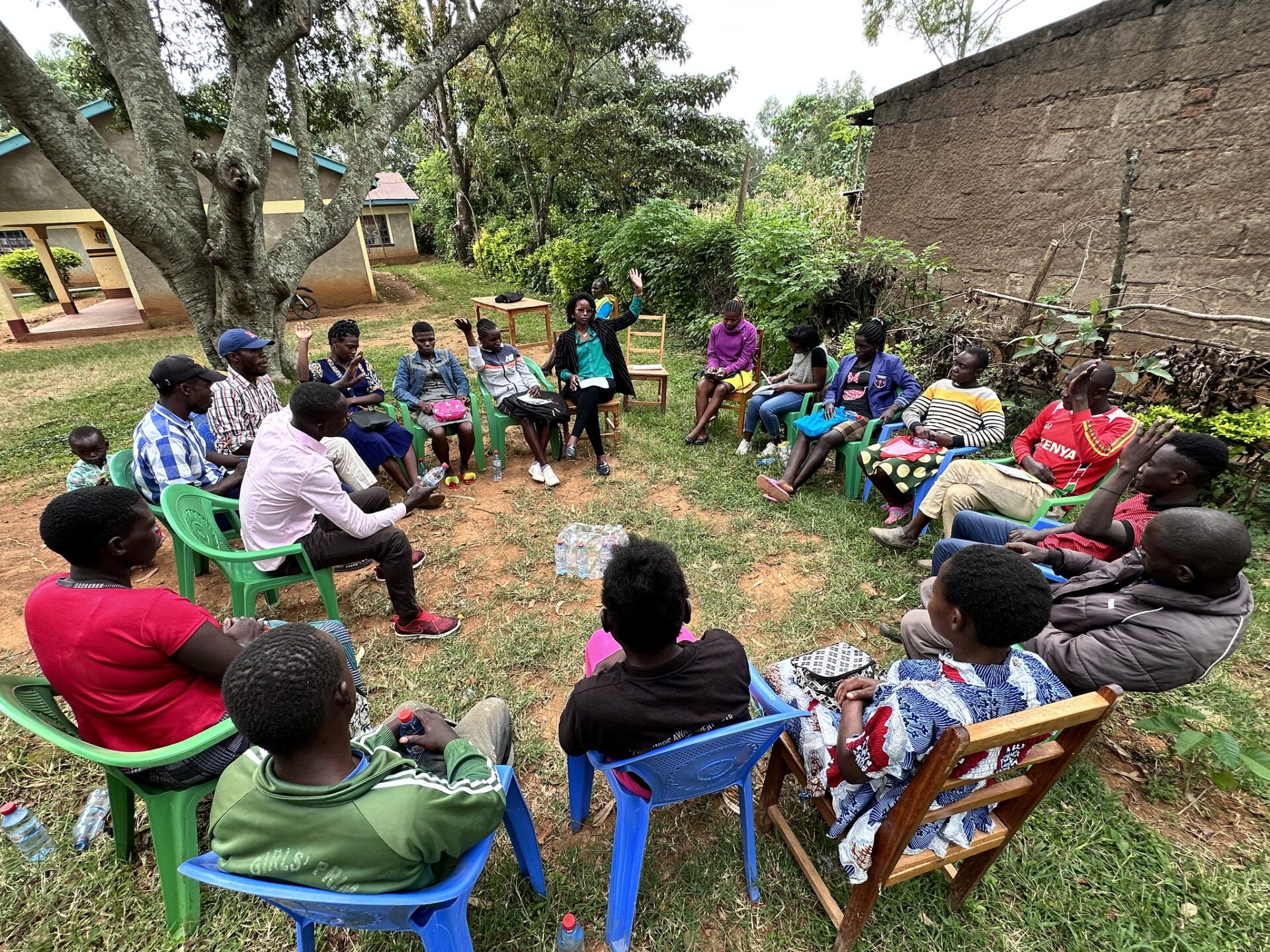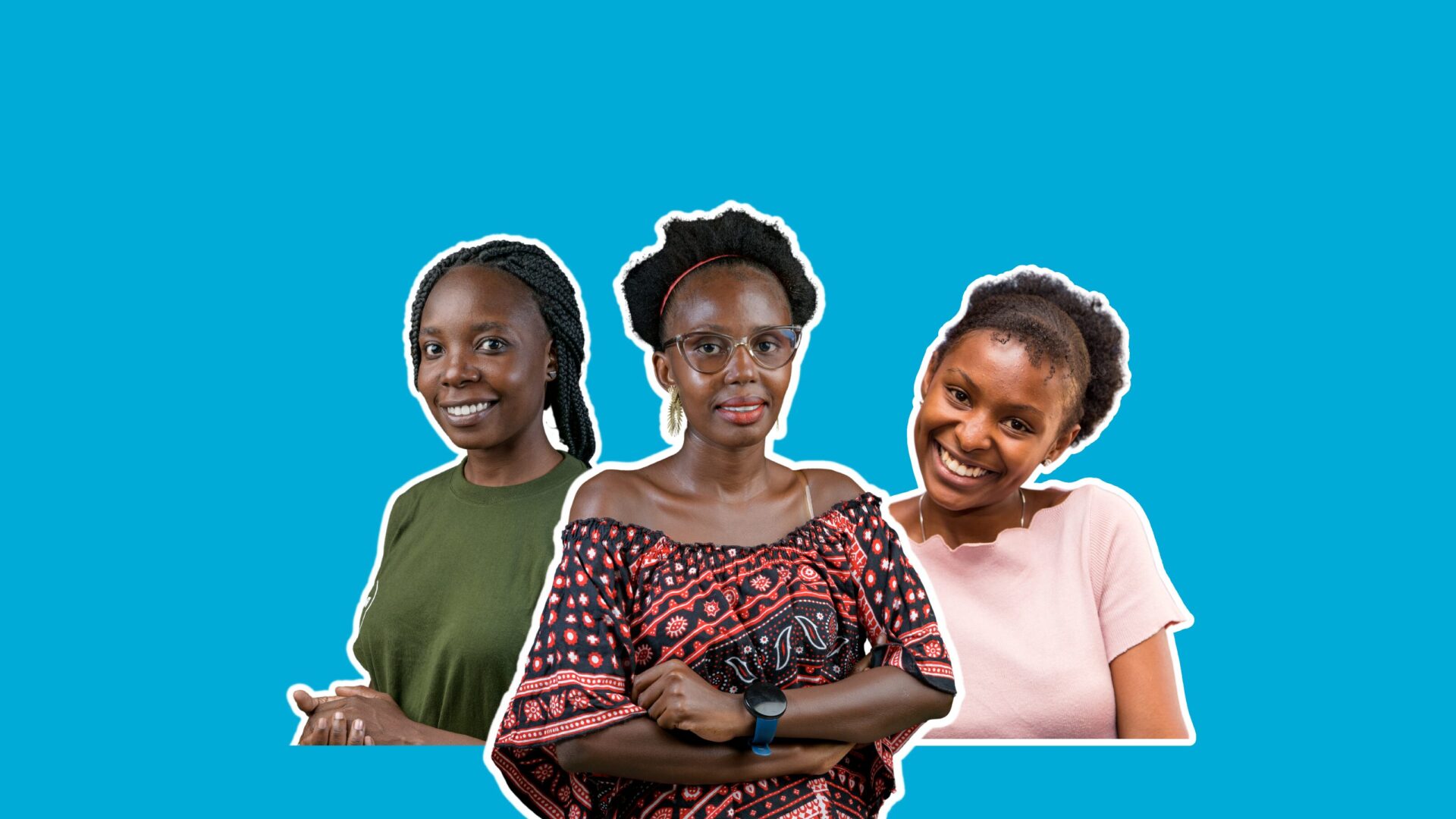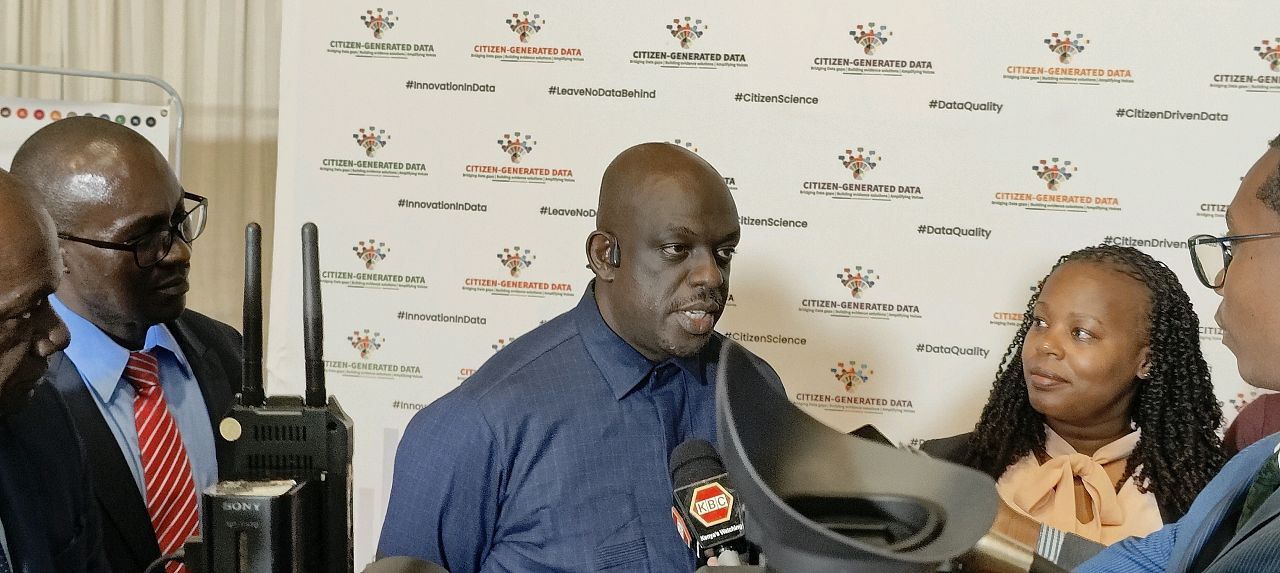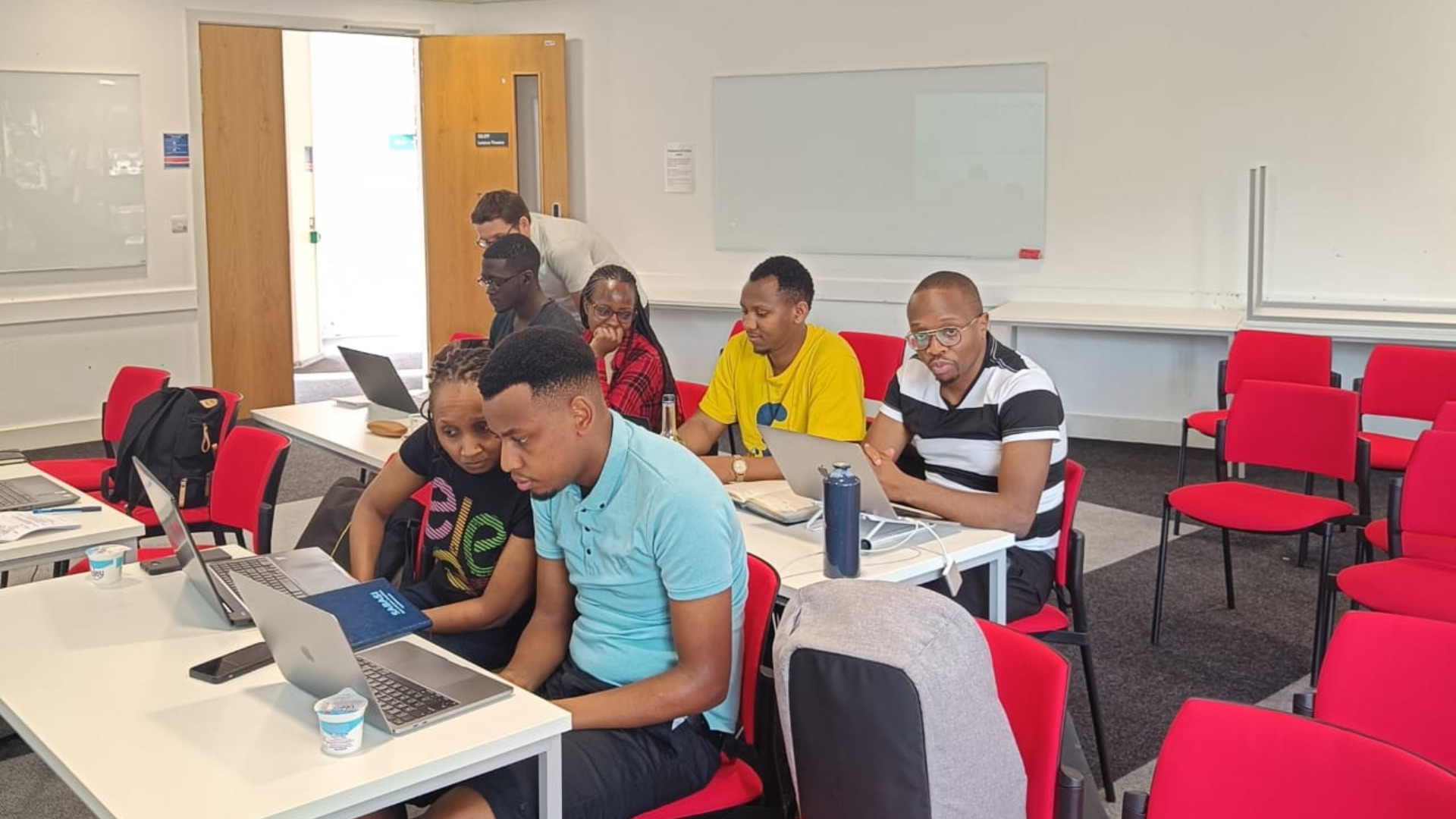In our work in citizen-generated data, we have had experiences that have demonstrated that the results of our projects are usually high-impact and long-lasting. This inspires us to keep working with citizens empowering them to use data to drive change within their communities. When citizens understand the power of data, they turn into data champions who embrace it creating initiatives that provide solutions to various challenges in their localities. Ownership of the process is a key indicator of the impact that our work has. We have been working with Elgeyo Marakwet County since 2019 to establish a data ecosystem that enables the government to harness data to better allocate resources and drive sustainable development of the county. As we mentioned in our last blog, we are excited to be working with citizen-generated data, but at a greater scale this time around where we have scaled up the work at the county level. A citizen-driven data collection exercise is underway in Elgeyo Marakwet county, where we are working together with the County Government to collect administrative data from each of their 101,000 households.
Elgeyo Marakwet County has 20 wards spread across four sub-counties. In the first phase of the data collection, four wards are being prioritized, namely: Kapyego, Arror, Tambach and Kaptarakwa.
Why four wards?
- Each sub county was allocated one slot from the preliminary list of wards;
- The county’s topology contains three zones i.e. an highland, a hanging valley and the Kerio Valley. Two of the wards are located in the lower topological zone of the county while two are located in the highland topological zone.
- Sparsely and densely populated wards were considered. Two of the selected wards are densely populated while two are sparsely populated.
- Economic factors; two of the wards are economically strong, while the other two are not.
Why leverage Community Health Volunteers (CHVs) to Collect Data?
From the onset, we knew that the household would remain the unit of analysis in this study. But the Kenya National Bureau of Statistics (KNBS) indicates that population distribution and household distribution are very different constructs. Further, in Kenya, 68% of the population lives in rural areas, which means that the average urban household size is smaller than in rural areas. Rural Enumeration Areas (EAs) accounts for 61.7 per cent (59,407) of the total, while urban areas represent 38.3 per cent (36,844) of the EAs (Kenya Integrated Household and Budget Survey 2015-2016).
We therefore grappled with what a citizen generated/citizen driven census would look like in Elgeyo Marakwet County. Based on our success in localities in Nakuru County, we had envisaged working with the local administration, notably area chiefs, ward administrators, nyumba kumi community leaders, and various youth groups to drive the exercise. However, after close consultations that involved going to the ground and further engaging with the county government with this issue, working with CHVs emerged as the most viable option.
“Community Health Volunteers are lay members of the community who work either for pay or as volunteers in association with the local health care system in both urban and rural environments.”
Village Hope Care
Kenya considers the lowest level (tier 1) of service delivery in the health sector to be the household, followed by the community (tier 2), facility (tier 3), sub-county (tier 4) and the county (tier 5). A community is a number of villages (a sub-location) and which there may be up to 5000 people. This is where the bulk of services offered by CHVs is delivered. Below were the pros/cons which informed this decision:
| Pros | Cons | |
| Area Chiefs | The structure has a legal anchorage in government administrative structure systems, thus, are respectable and have community support which is necessary for the data collection. | Chiefs and sub-chiefs are fewer in numbers to cover the exercise at the household level in a shorter time-frame. Chiefs and sub-chiefs are committed to other serious responsibilities and may dedicate time to the exercise. |
| 1. Ward Development Committee 2. Project Management Committees (PMCs) 3. Public participation Delegates | Like CHVs, members of Ward Development committees, and Project Management Committee are community members. They have knowledge of the communities they reside in. Anchored in law (Equitable Development act) | Considering they are employees of another level of government, they are committed to other responsibilities and may lack requisite background to drive data collection The turnover of the membership of PMCs is higher thus, is not suitable for the updating of the data in the future in Elgeyo. Some of the members are senior members in society e.g headteachers who may not have adequate time to dedicate to the exercise. |
| Engagement of various youths in the County (eg. Form 4 leavers and college students) | They are available to be engaged in the exercise. They have the necessary numbers to deliver on the assignment within a shorter time frame Their engagement may be cost-effective. | This approach would be unstructured in Elgeyo because they do not necessarily cover all the wards. Also it cannot be institutionalized or scaled up for the future. |
The Advantages of Working with Community Health Volunteers (CHVs)
Community Health Volunteers (CHVs):
- Have a structure established under Kenya’s Community Health Strategy;
- Live within the community and regularly interact with the community members that they serve. Because they are respected, they will not encounter hostilities from households during data collection;
- Are the best placed, during these times of the COVID19 pandemic, to undertake the exercise in strict adherence to laid out government protocols on the pandemic;
- Are already collecting health data at the community level (for instance the MOH 513 register), thus, they have the necessary experience, including interviewing and data collection skills;
- Cover services in all the wards in Elgeyo Marakwet County; they can complete the assignment on time and cost-effectively;
- The investment in CHVs is sure to institutionalize and scale up in the future.
Notwithstanding, we also do anticipate some challenges working with CHVs which we hope to mitigate as follows:
- Elgeyo Marakwet county has a high number of CHVs in some communities and even though recruitment will not be easy, we hope to work closely with the Department of Health in the selection process with emphasis being made on WHY this data is important and HOW it shall continue to benefit these very communities;
- Because some of the geographies are remote, arrangements have to be made to transport the CHVs so that coverage is ensured.
- Because it is the first time doing this, we might encounter challenges in data quality. Consequently, we have purposed to do a manual data collection exercise and we shall serialize and track each form to ensure that it is released and returned. We shall use this method to also ascertain data quality
The data collection activity will start on the last week of November, 2020. Our partner, the Open Governance Institute (with the support of GIZ Kenya’s Good Governance Programme) will be instrumental in driving this process.
Follow our social media pages to stay updated on the latest progress of the citizen-generated data collection series in Elgeyo Marakwet County.

